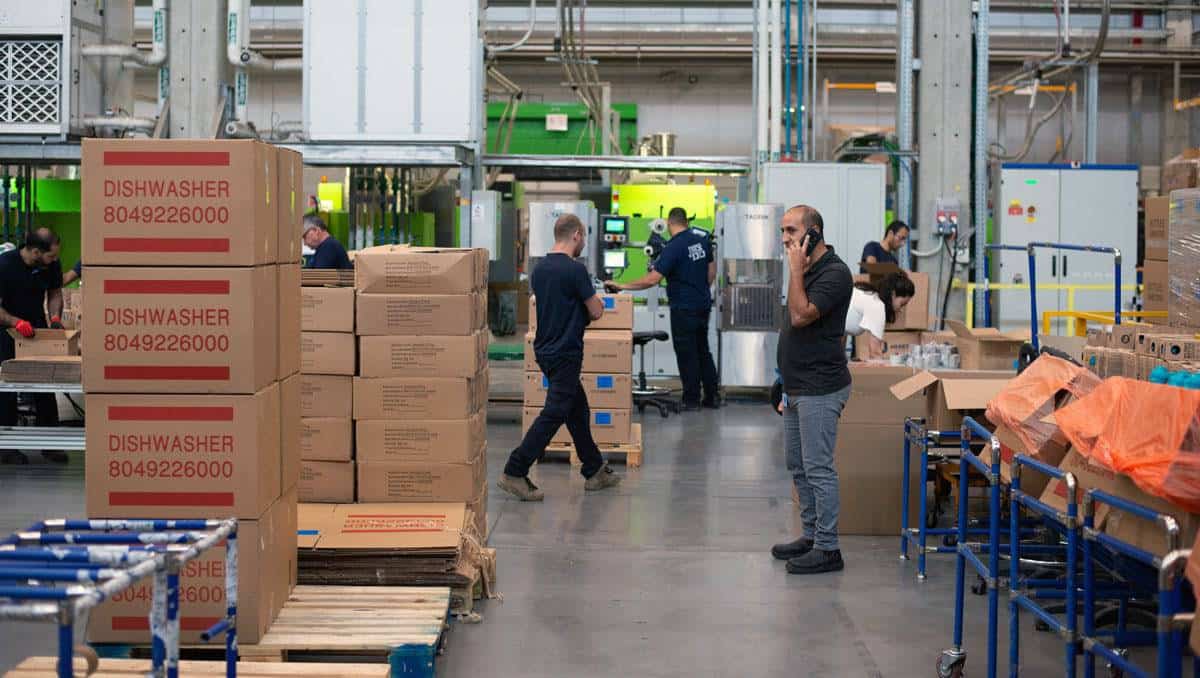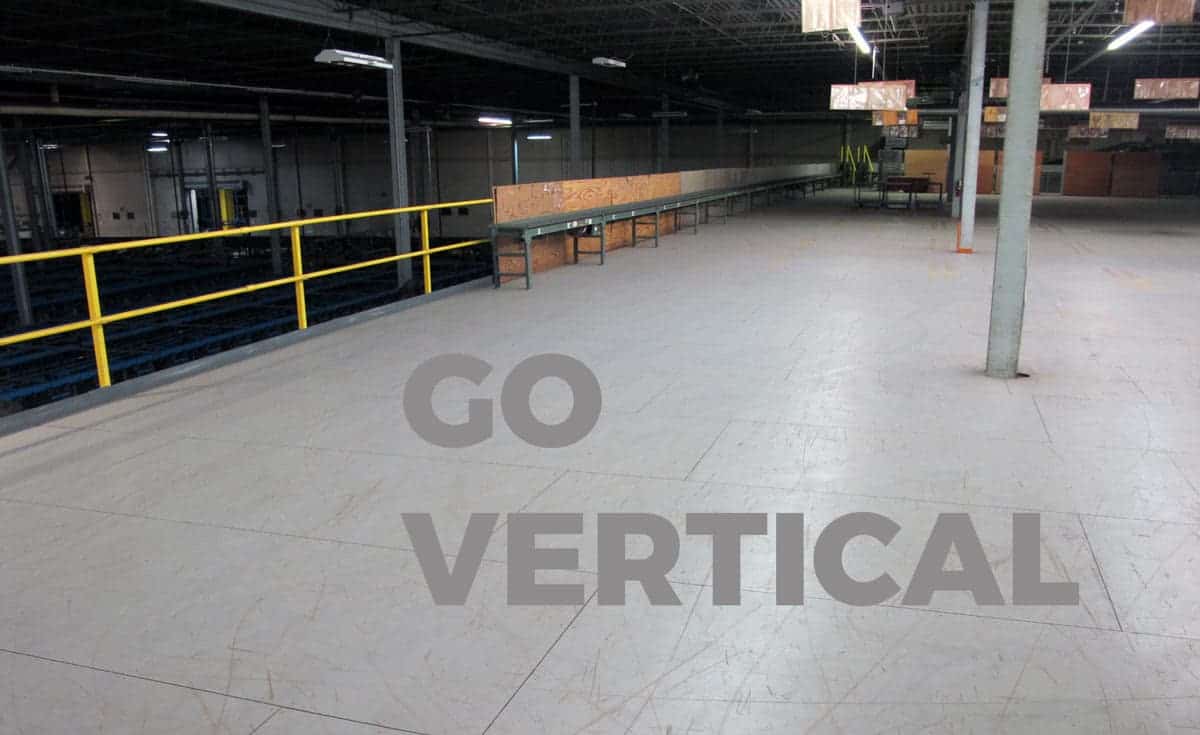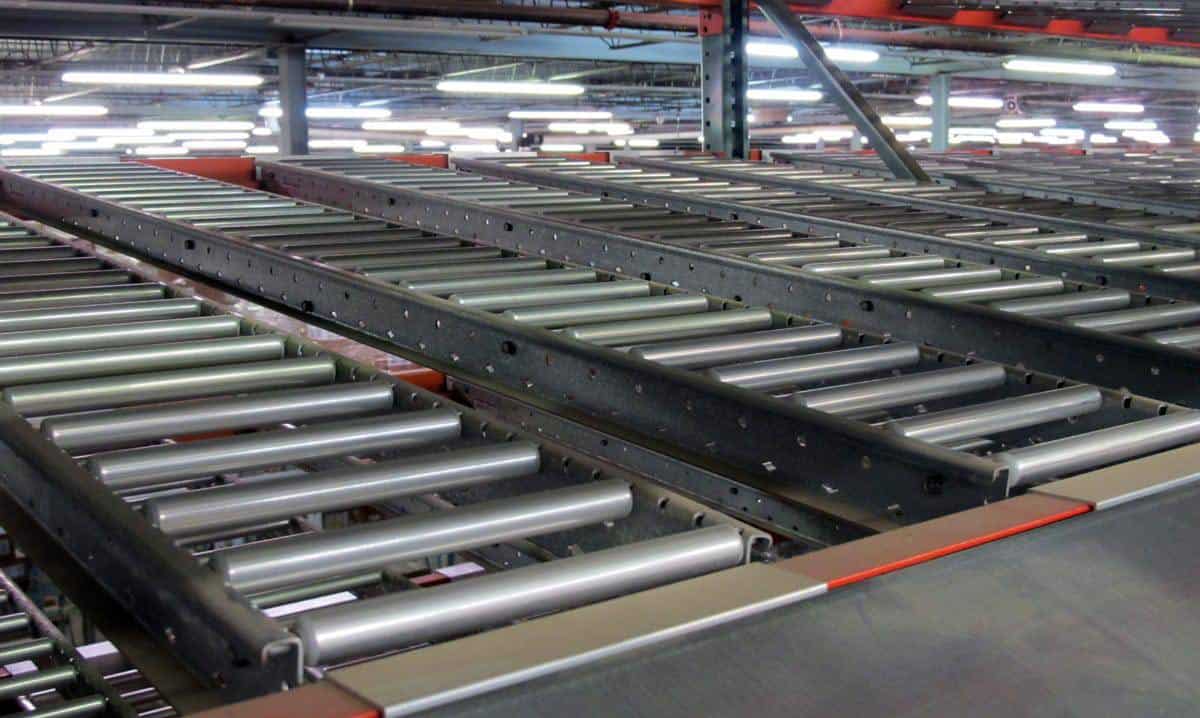3 Steps to Improve Warehouse Efficiency
In the warehouse and supply management game, the more efficient your fulfillment process, the happier the customer, and the lower your operating costs will be.
Your original product line(s) most likely determined your current warehouse layout. And they most certainly affected the material handling equipment purchased and installed in your warehouse.
Since change is the only constant in the business world, you may have added or deleted;
- Products
- Employees
- Workstations
- Square footage
Each and every change ultimately impacted your warehouse efficiency, potentially increasing operating costs and decreasing profits and customer satisfaction.
This situation is the worst-case scenario for any company, especially those in the warehouse or distribution business.

Peak order fulfillment requires three core components:
- Accessibility
- Product Flow
- Maximized Storage
In most cases, decreased fulfillment efficiency is the result of a core component issue. And any issue or problem with one will directly impact the other two.
- Limited accessibility will increase picking times and complicate product movement and storage.
- Inconsistent product flow decreases workers’ productivity and can lead to packaging errors.
- Unorganized product storage affects workplace accessibility for workers and equipment by taking up valuable floor space.
If these issues sound familiar, you may be feeling that your warehouse is working against you. Typically, most companies assume that a larger space will solve all their current efficiency issues.
On paper, increasing square footage means more space for storage, accessibility, and product flow.
Unfortunately, a larger building comes with increased costs for rent, utilities, and insurance. Then you have the moving costs and timeline to add to consider. And a larger workplace may require the hiring of additional employees as well.
There are other options, besides relocating, to improve your fulfillment process, get your costs in check, and increase productivity.
So today, we will discuss three steps to improve your warehouse efficiency, starting right now.

Step One
Get your data together.
No matter what type of WMS (Warehouse Management System) you currently have in place, it’s important to trust and follow the data. By relying on the data, you eliminate opinions, hunches, and speculation from clouding the decision-making process.
WMS systems come in all shapes, sizes, and varieties. You have basic programs that work with a limited number of SKUs, to options like RFID (Radio Frequency Identification). Whether your WMS is a stand-alone or a component of a larger ERP (Enterprise Resource Planning) system, take advantage of the numerous reporting options available. There are countless filters and options for viewing the data and drilling down to find areas for improvement. These reports establish your current production levels and create benchmarks for future performance and cost comparisons.
You can’t track your progress without a starting point.
So, get your data together.
Step Two
The next logical step is to maximize the use of all available space in the warehouse. It’s imperative to consider the building’s construction, square footage and volume to determine the best solution(s) for your warehouse.

Go up, not out.
Vertical storage systems can free up limited floor space for improved accessibility, flow, and safety.
Some racking systems can be stacked (up to a maximum of nearly 40’) to utilize the high roof heights typically found in a warehouse. A vertical solution can make seasonal or excess inventory more manageable and easily accessible.
Vertical benefits include ease of assembly and configuration, providing a fast and economical storage solution for many companies.
Add interior square footage.
You can effectively double your square footage by installing a mezzanine system in your warehouse.
The extra space created could be used to:
- Create new office space
- Add workstations and employees
- Increase inventory storage or organization
- Improve accessibility for equipment and employees
- Maximize product flow through the warehouse
Be sure to check with your local building department before starting any mezzanine project.
Get the right equipment.
Maximize product flow with the proper material handling equipment, specifically chosen for your warehouse and layout.
- Standard pallet racking systems can be a great fit, depending on your facility, inventory, and application. But they are not a one-size-fits-all solution that will work for every warehouse configuration.
- Pallet flow racks which utilize FIFO (First In–First Out) to eliminate potential product spoilage.
- Other rack options, such as the pushback rack and the drive-in rack, work exceptionally well for a high-density storage solution. Carton flow racks can help speed up picking and packing procedures.
- Conveyor systems can minimize foot traffic by bringing the product to the workstation, saving your employees thousands of steps daily.
- Shelving options such as steel shelving, rivet shelving and widespan shelving can be incorporated to improve warehouse efficiency and productivity even more.
Regular cleaning and maintenance will keep your equipment working at peak efficiency.

Step Three
It could be time to perform a complete to determine your current production and efficiency levels. Unlike WMS “reports,” which provide a snapshot of the last week, month, or quarter, an audit looks at the entire fulfillment process from start to finish.
From the moment that new inventory arrives until the product leaves the building, every step of the fulfillment process gets scrutinized. Maximum accessibility, product flow, and storage should always be the end goal of every warehouse audit.
Focusing on these three core components during the audit allows you to;
- Correctly modify your existing process
- Or develop a new fulfillment process
To minimize costs and increase efficiency. Many companies are hesitant to perform a fulfillment audit because of the time and energy involved.
Perhaps the most overlooked benefit of an audit is that the results provide you with a plan to improve your warehouse efficiency. You may not initiate the changes immediately, but now you can begin to consider the costs and timelines required to improve efficiency.
Not every audit will suggest a warehouse full of shiny-new equipment is needed, which is another popular misconception. Often, a series of small changes, or updating a piece of equipment or two, is the only thing required to improve efficiency. The problem is that until the audit occurs, you can’t know for sure. As I stated above, you eliminate opinions, hunches, and speculation by relying on the data
And those are three steps to improve your warehouse efficiency, starting today.